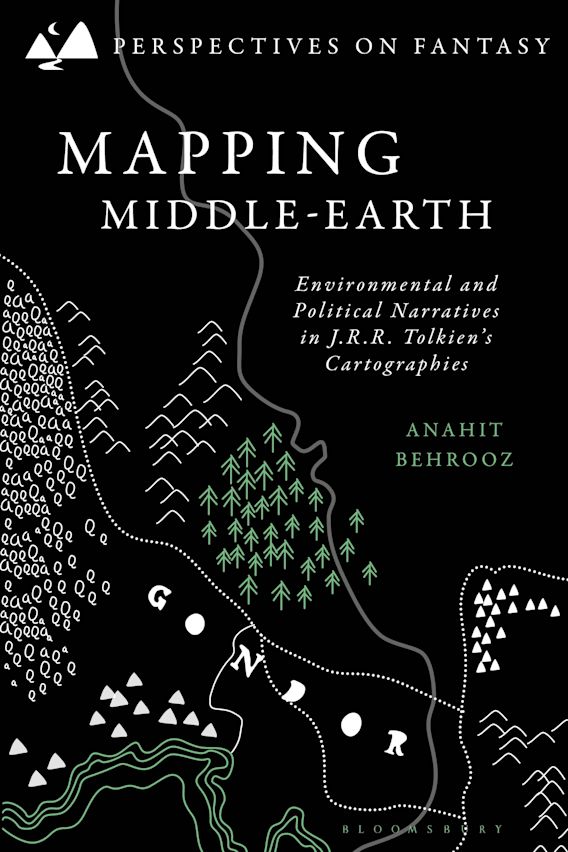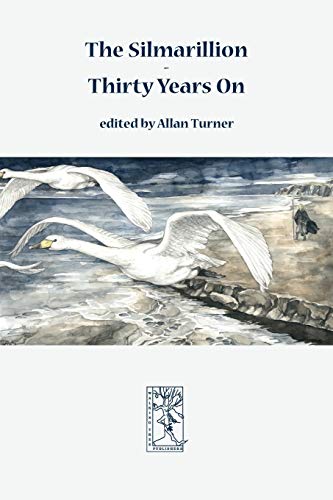Amon Rudh wrote:
I wonder what this adds to Garth's book?
Judging from the cover, a big dose of fiction.
Attached is a review of Tolkien - Eclairer les ténèbres from the December 2019 issue of the Tolkien magazine "Beyond Bree", for those who want more information about this book.
May have been asked before but is there any likelihood of Finn and Hengest and Sir Gawain and the Green Knight being re-released as a standard hardback to match the recent volumes? Cheers
Amon Rudh wrote:
May have been asked before but is there any likelihood of Finn and Hengest and Sir Gawain and the Green Knight being re-released as a standard hardback to match the recent volumes? Cheers
If Finn and Hengest is ever republished in hardback I hope it is an expanded edition that considers Widsith as an appendix.
Trotter wrote:
Is this a new version? Like a re-release? Looks the same as the one I have now.
Halbarad wrote:
Is this a new version? Like a re-release? Looks the same as the one I have now.
It is the HarperCollins paperback release for this illustrated edition.

17 Jun, 2023
(edited)
2023-6-17 11:32:38 AM UTC
Edited by Trotter on 2024-2-22 10:32:44 AM UTC
Edited by Trotter on 2024-2-22 10:37:11 AM UTC
Edited by Trotter on 2024-2-22 10:37:11 AM UTC
2023-6-17 11:32:38 AM UTC

In this cutting-edge study of Tolkien's most critically neglected maps, Anahit Behrooz examines how cartography has traditionally been bound up in facilitating power.
Far more than just illustrations to aid understanding of the story, Tolkien's corpus of maps are crucial to understanding the broader narratives between humans and their political and environmental landscapes within his legendarium. Undertaking a diegetic literary analysis of the maps as examples of Middle-earth's own cultural output, Behrooz reveals a sub-created tradition of cartography that articulates specific power dynamics between mapmaker, map reader, and what is being mapped, as well as the human/nonhuman binary that represents human's control over the natural world.
Mapping Middle-earth surveys how Tolkien frames cartography as an inherently political act that embodies a desire for control of that which it maps. In turn, it analyses harmful contemporary engagements with land that intersect with, but also move beyond, cartography such as environmental damage; human-induced geological change; and the natural and bodily costs of political violence and imperialism. Using historical, eco-critical, and postcolonial frameworks, and such theorists as Michel Foucault, Donna Haraway and Edward Said, this book explores Tolkien's employment of particular generic tropes including medievalism, fantasy, and the interplay between image and text to highlight, and at times correct, his contemporary socio-political epoch and its destructive relationship with the wider world.
https://www.bloomsbury.com/uk/mapping-middleearth-9781350290761/
Using historical, eco-critical, and postcolonial frameworks, and such theorists as Michel Foucault, Donna Haraway and Edward Said, this book explores Tolkien's employment of particular generic tropes including medievalism, fantasy, and the interplay between image and text to highlight, and at times correct, his contemporary socio-political epoch and its destructive relationship with the wider world.
Ya...that's going to be a hard pass for me on this one.



















 7
7 3392
3392